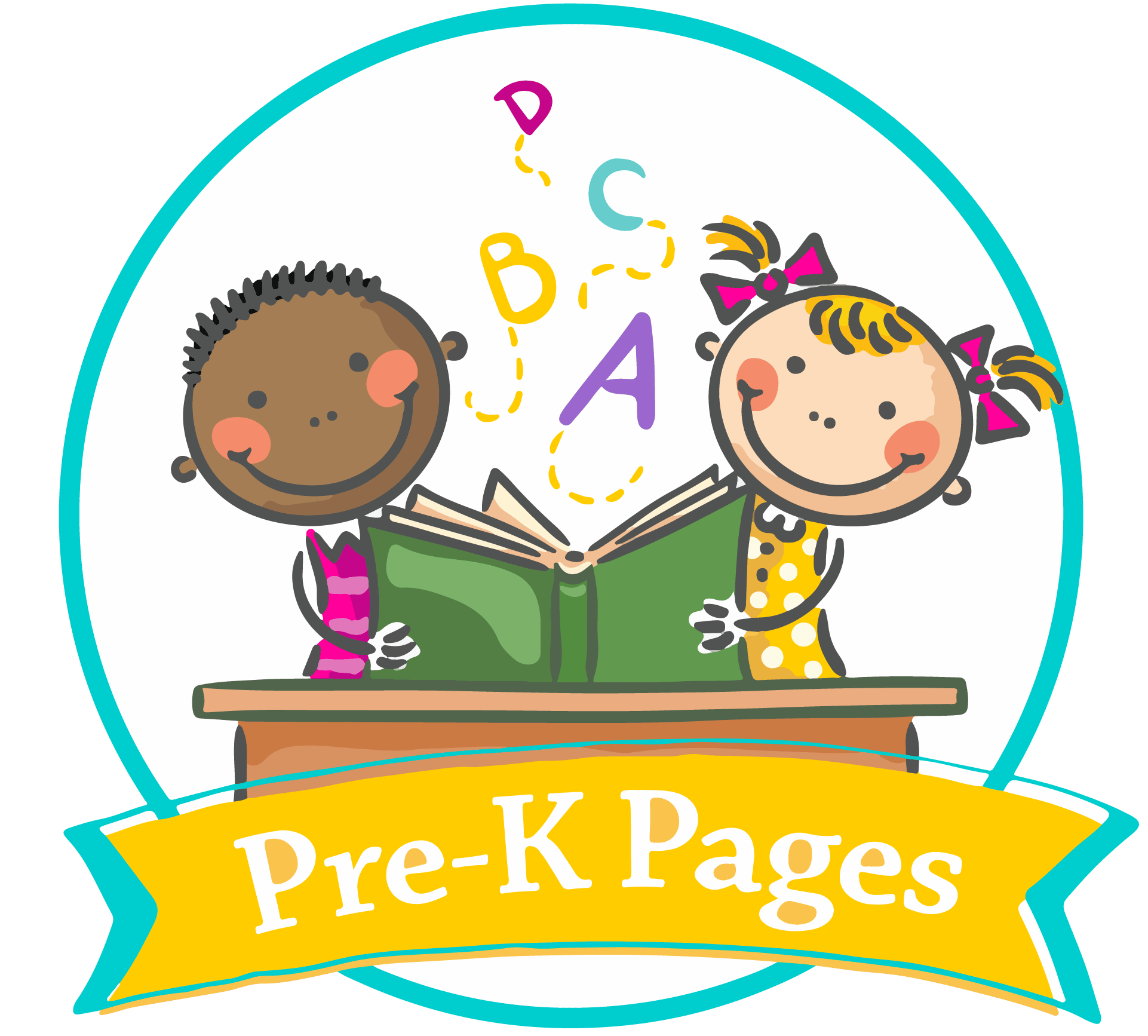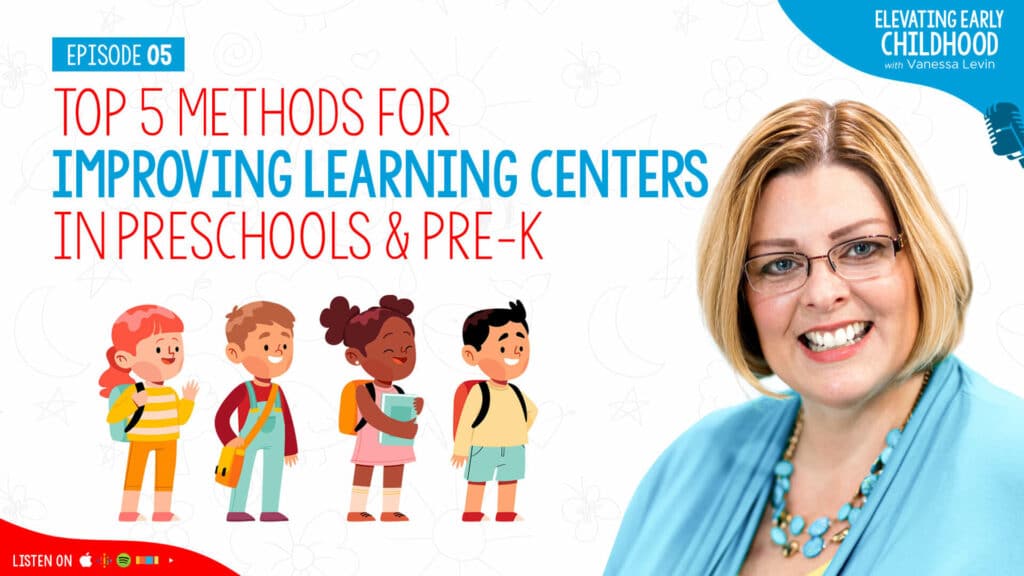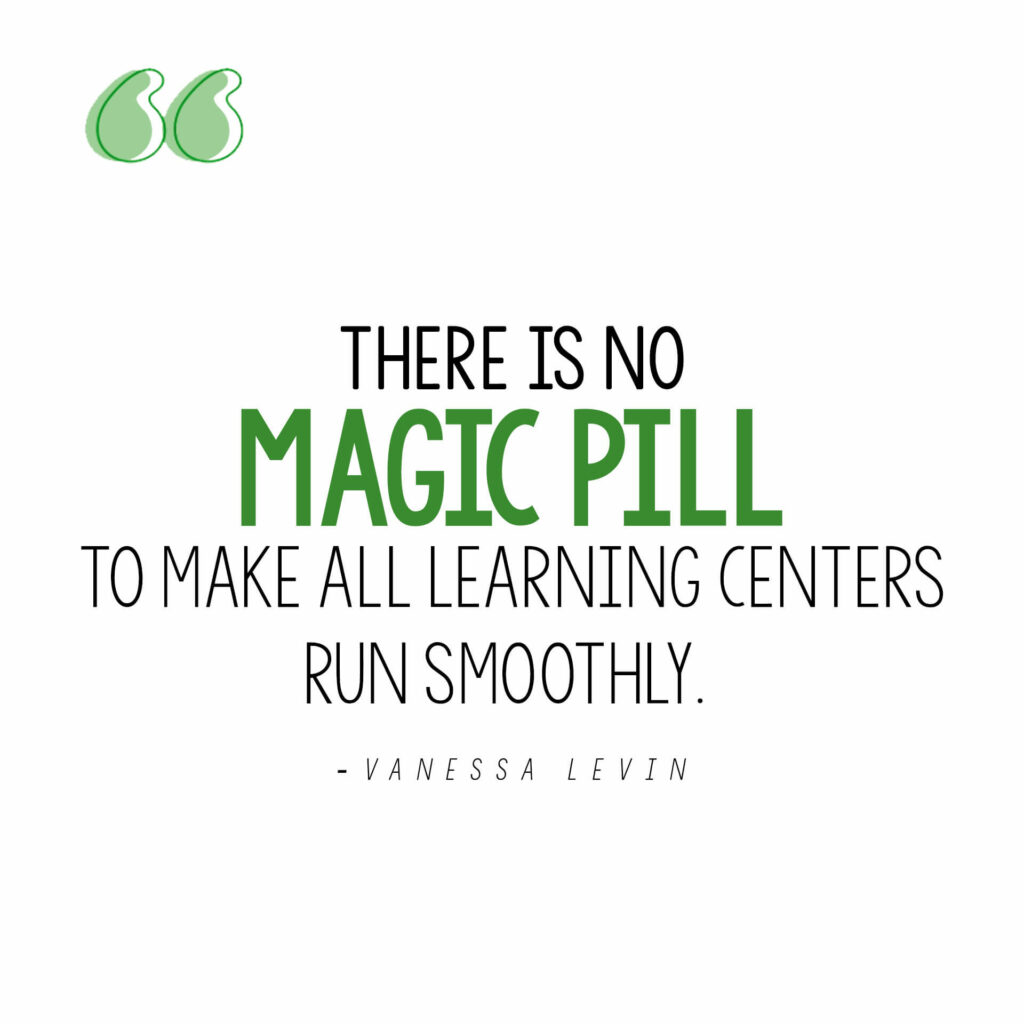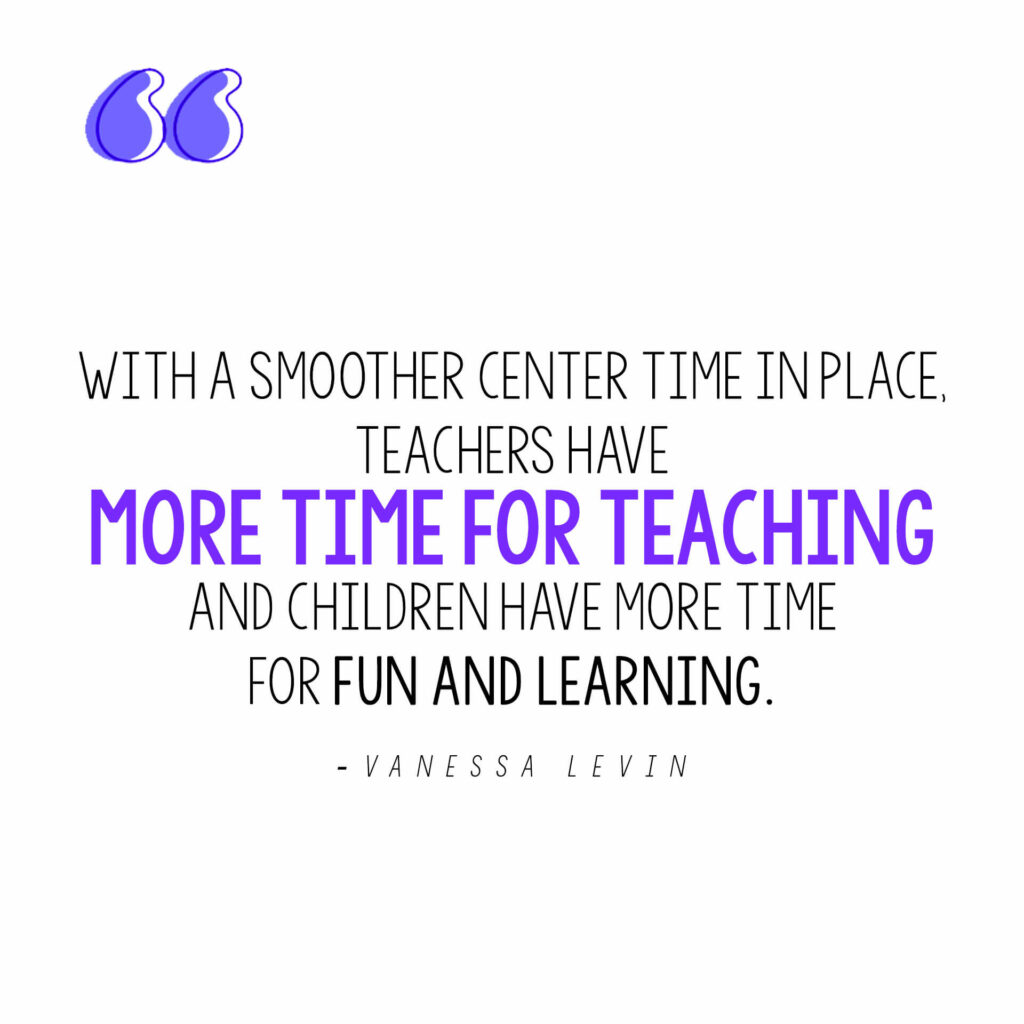Time young children spend in learning centers is precious for their development. And yet, it’s one of those strictly school-related activities, which is why we must do our very best to set them up for success.
Creating a successful learning center requires lots of strategic planning and effort. There are many questions you need to answer first, including…
How many centers should you create?
How long should the center time be?
What are the centers going to be about?
How will your students know which centers to go to?
I know, right?! Makes your head spin! And that’s just barely scratching the surface.
Luckily, in over 20 years of teaching, along with 11 years in mentoring early childhood educators, I’ve gained plenty of experience with learning centers, as well as methods for improving and fine-tuning learning centers.
For this episode of Elevating Early Childhood, I’m going to share my top 5 methods, along with some additional tips to help tie everything together.
Alrighty, Changemakers! Let’s get to it!
My Favorite Methods for Fine-Tuning Learning Centers
Different methods work best in different situations. However, I’ve compiled a list of my top five, which can be easily adapted. They’ve worked wonders in the past!
And for teachers who don’t have enough time to make their own, we have created a Teacher Success Bundle which contains resources needed for all of these five methods! You can learn more about it here!
1 – Apply Learning Center Labels
Labels are a quick and effective way to organize your learning centers. You simply cut the labels with names and images and stick them to both sides of the learning center tub as well as on the shelf where you intend to store them.
That way, children can easily match the labels during cleanup, so there’s no confusion around what goes where.
2 – Create a Picture Schedule
Teachers aren’t the only ones who should be familiar with the schedule—kids need to know it too! When students know what to expect, learning becomes much easier.
Each component of your schedule should have its own image and name.
By creating a visual schedule, you’re helping kids follow the flow of their day easier. You’re allowing them to feel safe and secure throughout the day and enjoy their activities freely.
3 – Make Visual Routines for Each Learning Center
Kids also need to know exactly what they can do with each learning center, which is why making visual routines is key.
Different ways of using a learning center should be represented visually to provide children with jumping-off points. Your students will never be scared to choose a learning center because they have no clue what to do with it.
And, in case their minds wander off for a bit, these images will also serve as little reminders and nudge them in the right direction.
4 – Add a Visual Planning Component
Now that everything is labeled correctly and kids can quickly tell what all of the learning centers are for, you can add a visual planning component. This will serve as an overview for your collection of learning centers and some specific information that helps with the organization of play.
Free-for-all works well with a smaller group, but if you have 20+ kids in your class—you’re going to need crowd control. So if you need certain limitations, there are fun ways you can introduce them as well. For instance, you can place a sign-up sheet next to the center so the kids can add their names to the waiting list.
And if one of the learning centers is busy, make sure you always offer the kids a second choice.
5 – Implement a Cleanup Routine
Even though children are sometimes expected to participate in cleanup at home, it probably doesn’t happen very often. But when they’re in preschool or pre-k, “Mom will get it!” won’t do—they’ll need to get involved.
So having visuals can help your students establish and revisit cleanup routines while giving them that extra boost when they need it.
I’m sure you’ll love using these methods and the results that come with them!
Still, there are plenty of others out there, so if you’d like to learn more, download my FREE guide for creating successful learning centers here!




